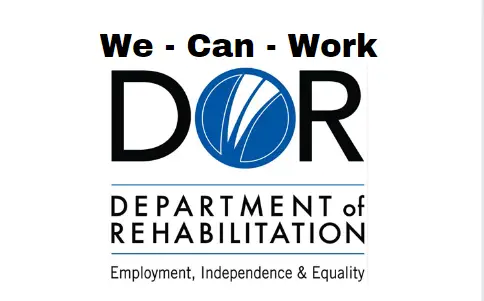There’s a lot of talk these days about artificial intelligence, or AI. But what does that mean, exactly? And how is it being used? In this article, we’ll take a look at some of the ways AI is being put to work in the world today. We’ll also explore some of the controversies surrounding its use and ask some questions about its future.
Specifically, we’ll be looking at how AI is being used in the robotics industry. Robotics is one of the most obvious places to find AI, since robots are essentially machines that can be programmed to carry out specific tasks. And there’s a lot of talk these days about how robotics and AI will change the workforce, with some people predicting that robots will eventually take over many jobs currently done by human beings.
But AI is also being used in other, more unexpected ways. For instance, it’s being used to help fight wildfires and to inspect pipelines for potential leaks. It’s even being used to create art.
So how is AI powering the robotics industry? Let’s take a look.
One of the most popular uses for AI in robotics is in autonomously operated vehicles, or self-driving cars. We’re all familiar with the idea of driverless cars at this point, and there are several companies working on developing this technology. But driverless cars are just one type of autonomous vehicle; there are also autonomous trains, boats, and even aircraft.
Autonomous vehicles are powered by a variety of sensors and algorithms that allow them to navigate without human input. These same sensors and algorithms can also be used on smaller scale robots, such as those used in warehouses or factories.
Another popular use for AI in robotics is in drones. Drones are becoming increasingly popular for both personal and commercial use. And while they were originally designed for military applications, they’re now being used for everything from delivery to photography.
Drones are powered by similar AI technology as autonomous vehicles. They use sensors and algorithms to navigate and avoid obstacles. But they also usually have some form of visual recognition, which allows them to identify and track objects.
AI is also being used to create more realistic and lifelike robots. These so-called “social robots” are designed to interact with human beings in a way that feels natural and human-like.
One example of a social robot is Pepper, developed by SoftBank Robotics. Pepper is designed to be a companion robot, and it’s equipped with a range of sensors and cameras that allow it to detect human emotions. It also has the ability to generate its own emotions, which it uses to respond to the emotions it detects in others.
So those are just some of the ways AI is being used in the robotics industry. But as we mentioned earlier, AI is also surrounded by a lot of controversy.
There are concerns about the impact of robotics and AI on the workforce. As robots become more advanced, they’re going to be able to do more and more jobs that have traditionally been done by human beings. This could lead to mass unemployment, as people are replaced by machines.
There are also ethical concerns about AI. As robots become more lifelike, they raise questions about what it means to be human and whether or not robots should have the same rights as humans.
These are just some of the questions that need to be addressed as AI continues to develop. But despite the concerns, it’s clear that AI is going to have a big impact on the robotics industry. And that impact is already being felt in a variety of different ways.











